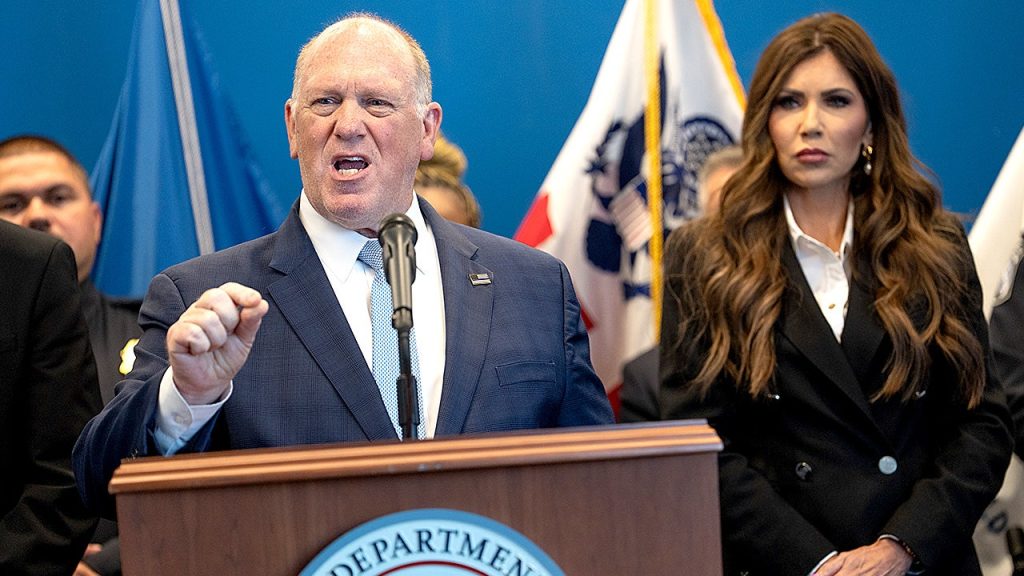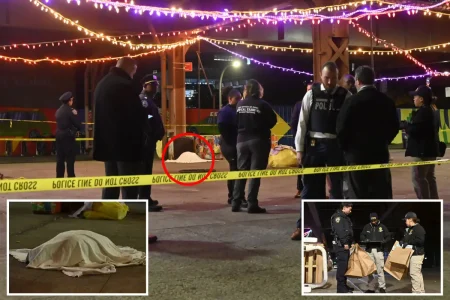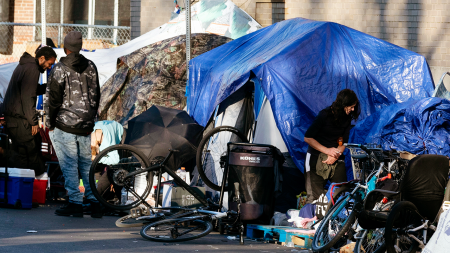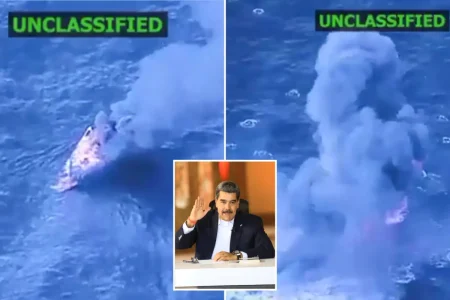ICE Leadership Shake-up Reveals Deep Divisions Over Deportation Strategy
In a significant restructuring of Immigration and Customs Enforcement (ICE) leadership, the Department of Homeland Security is experiencing intense internal conflict over deportation priorities and tactics. This unprecedented power shift affects ICE field offices in at least eight major cities including Los Angeles, San Diego, Phoenix, Denver, Portland, Philadelphia, El Paso, and New Orleans. Senior leadership positions in these locations are expected to be filled by Border Patrol and Customs and Border Protection officials, marking a dramatic change in how immigration enforcement is managed at the local level. The reorganization reflects not just administrative changes but highlights fundamental philosophical differences within the agency about America’s approach to immigration enforcement during the Trump administration’s renewed focus on deportations.
The leadership overhaul reveals two competing camps within DHS with distinctly different visions for immigration enforcement. Border Czar Tom Homan and ICE Director Todd Lyons represent one approach, advocating for targeted operations focusing primarily on individuals with criminal records and those already under final deportation orders. This more selective strategy prioritizes removing those deemed to pose the greatest threat to public safety while being more judicious about enforcement actions against other undocumented immigrants. Their approach reflects concerns about operational efficiency, resource allocation, and maintaining public support for enforcement activities by focusing on cases that many Americans, regardless of political affiliation, might agree warrant deportation action.
On the opposite side stand DHS Secretary Kristi Noem, senior adviser Corey Lewandowski, and Border Patrol Commander Greg Bovino, who are pushing for a more aggressive and comprehensive approach to deportations. Their strategy aims to target anyone in the United States illegally, regardless of criminal history or other factors, with the goal of substantially increasing overall deportation numbers. This broader approach aligns with campaign promises of “mass deportations” and represents a fundamental shift away from the priority-based enforcement that characterized much of ICE’s previous operational philosophy. The tension between these competing visions has created what senior officials describe as a “tense” and “combative” atmosphere within the department, with serious concerns about the long-term implications of such a dramatic shift in enforcement priorities.
The conflict has manifested in operational disagreements about enforcement tactics, with some senior DHS officials expressing concern that the new approach is too indiscriminate. One official pointedly observed the difference in targeting: “ICE is arresting criminal aliens. They [Border Patrol] are hitting Home Depots and car washes.” This comment highlights the core of the disagreement—whether enforcement should prioritize individuals with criminal histories or cast a wider net that includes undocumented immigrants who may have established lives and employment in American communities but lack legal status. Critics of the broader approach worry that such tactics could erode public trust and support for immigration enforcement, potentially making communities less cooperative with authorities on broader public safety issues. They also express concern about blurring the traditional jurisdictional lines between ICE and Border Patrol operations, which have historically had different focuses.
Defenders of the more aggressive approach counter that the administration’s commitment to increased deportations necessarily means moving beyond just targeting those with criminal records. “What did everyone think mass deportations meant? Only the worst?” one Border Patrol agent rhetorically asked, referencing statements by Tom Homan himself that “anyone in the U.S. illegally is on the table.” This perspective reflects the view that immigration enforcement should address illegal presence itself as the primary concern, rather than focusing primarily on additional factors like criminal history. The administration appears to be struggling to balance these competing approaches while also addressing the practical reality that deportation numbers currently remain below the ambitious targets set earlier this year, creating additional pressure to show results through increased enforcement actions.
The leadership reorganization comes at a critical juncture for immigration enforcement in America, with significant implications for both policy implementation and community impact. While DHS spokesperson Tricia McLaughlin described the personnel changes as “performance-based” and designed “to move people around for the best results,” the shifts clearly represent more than routine administrative adjustments. They signal a fundamental recalibration of immigration enforcement philosophy with far-reaching consequences for millions of undocumented immigrants, their families, employers, and communities. As the administration continues its stated focus on “removing violent criminal illegal aliens,” these internal divisions highlight the complex tensions between competing enforcement priorities, resource limitations, and differing visions of how immigration law should be enforced. The outcome of this power struggle will likely define not just immediate deportation statistics but the broader approach to immigration enforcement for years to come, setting precedents that could influence policy regardless of which political party holds power in the future.











